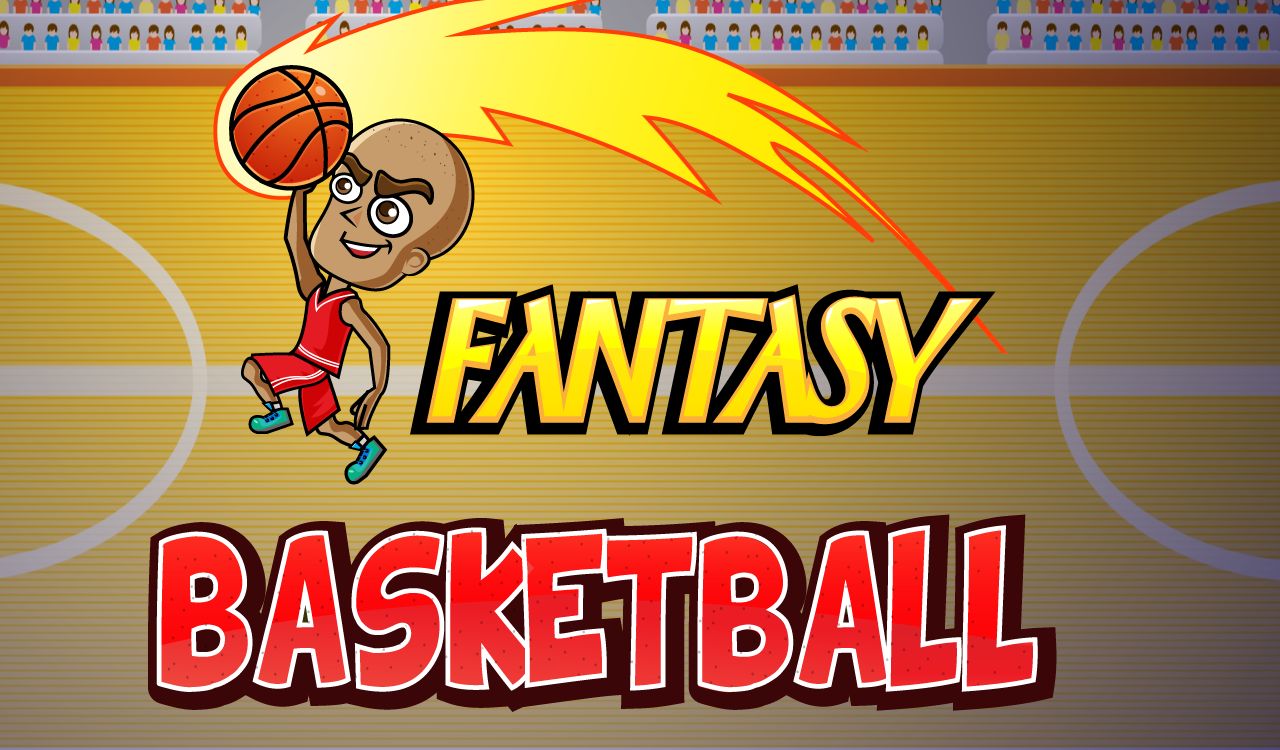
One of the contributors to the chokehold the NFL has as America’s favorite sport is fantasy football. Give or take a couple of million depending upon the source, somewhere around 30 MILLION people play fantasy football. The combination of almost all game broadcasts being available over-the-air and tens of millions of fans having some sort of stake in nearly every one of them has led to a ratings bonanza and a television contracts worth $7 billion annually. There’s even a (pretty good!) television show about fantasy football. It is tightly integrated within the sport, with NFL.com hosting leagues and hiring fantasy reporters, and broadcasts frequently mentioning the sport.
Rightfully so, fantasy basketball isn’t nearly as popular. Rosters need to be updated multiple times a week and the season runs for almost six months, whereas in fantasy football rosters are only updated weekly for four months. The various scoring systems are all complex, requiring you to know players’ field goal, free throw and three-point percentages, as well as a host of other statistics, whereas in fantasy football you just need to know who scores touchdowns and gets a bunch of yards. Fantasy football is a fun game requiring a small time commitment that anybody can understand. Fantasy basketball is…not.
But what the NBA has stumbled upon, somewhat accidentally I think, is the real life version of fantasy sports with its free agency and draft period. The Collective Bargaining Agreement (CBA), signed in 2011, limits the lengths of contracts, meaning good players are on the market more frequently. A combination of this, the CBA’s harsh penalties for teams that exceed the salary cap, and a smarter crop of executives means more teams are carving out the requisite cap space to try and make a splash in free agency. Stars and their sidekicks are also seemingly willing to take below rate contracts, meaning even more teams are in the market to pay for their services. There are more teams with more money chasing a larger and deeper pool of players.
The result of this confluence is that the NBA has dominated the last three months of the sports calendar. It has always dominated May and part of June because of the Conference and NBA Finals, but the Donald Sterling saga and dynamite first round in the Western Conference meant that period began even earlier, and the draft and free agency has led most sports websites for the last month without a game even being played. Encouraging for the NBA, none of the factors that led to this can’t be repeated next year and into perpetuity.
In fact, this will be repeated, at least for the next few offseasons. LeBron James signed a two-year contract with an opt-out next year. Kevin Durant will be a free agent in 2016, and his hometown Washington Wizards just hired his high school coach, supposedly to soften the ground for an attempt to sign him. With the influx of a tsunami of television money in either 2016 or 2017 coming down the pipe, this isn’t going to slow down anytime soon.
Even better, the intensity of offseason movement isn’t something that the NFL, the NBA’s biggest competitor for eyeballs throughout the first three months of the season, can match, because player movement just isn’t as important in the NFL.
There are only around 450 NBA players, and only five from one team on the court at a given time, compared to the 1696 and 11 of the NFL. Even the best football player’s only play half the game, and with the possible exception of quarterbacks, no one player can influence the game nearly as much as an NBA player. The worst team in the NFL could sign the best quarterback and still probably wouldn’t make the playoffs; LeBron James just went to one of the worst teams in the NBA and they’re the odds-on favorite to win the 2015 NBA Finals.
The NFL also has more mechanisms (like the franchise tag) to hang onto the best players. You only see them occasionally pop up in free agency and almost never in trades, whereas within the last year or two nearly every single one of the biggest basketball stars has been traded or a free agent. This feeding frenzy that interests and gives hope to 29 fanbases across the country (sorry Philadelphia) isn’t something that is repeatable in the NFL without a serious overhaul of how the sport works.
For years I have wanted the NBA to either start attacking the NFL head-to-head and trying to siphon off fans, or to bow out of the competition altogether. But in creating a system that leads to a consistently bananas, month-long news cycle, the NBA has managed to bolster its popularity without having to decide how to compete with the NFL just yet.
The league would be wise not to screw this up if the CBA does indeed come up for negotiation in 2017. Given its history, however, I’m not holding my breath.

